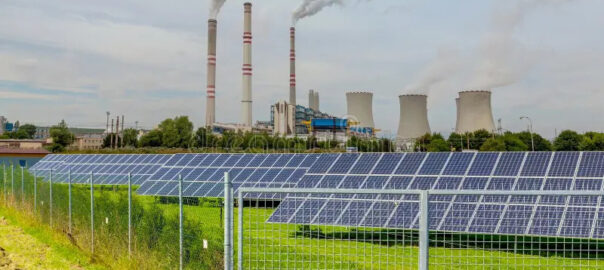
The Downside of Being First
If the entire world were consuming energy in the same manner as the United States, the Earth would have already become uninhabitable. The problem is not so much the amount of energy the US uses, it’s how that energy is generated.
In Norway, where it is very cold much of the year, the average person consumes 36% more energy than the average American. Yet America produces more than three times the per-capita greenhouse emissions of Norway.
The difference is that Norway gets most of its energy from hydroelectricity while the US generates more than 80% of its energy by burning fossil fuels. Fortunately US greenhouse gas emissions have been decreasing for decades, although slowly. Emissions have dropped about 12% since the start of the century due to several factors. Various government programs and a drive toward energy efficiency have been important. But a major reason for the emissions decrease is simply luck. Hundreds of power plants in the US switched from coal to natural gas after fracking made gas cheaper than coal.
In 2000 it cost five dollars to generate a watt of electricity from a solar panel. In 2019 it cost about twenty cents.
Per unit of energy, burning gas produces just over half the carbon dioxide as burning coal. So replacing coal with natural gas is a valuable bridge to a cleaner energy future. But serious concerns include that fracking leaks natural gas into the air and that adding to the large gas infrastructure will cause heated opposition from investors when it’s time to complete the transition from fossil fuels. In the end, economics will determine when to turn off the gas. Renewable energy costs are falling and renewable energy capacity is growing rapidly. In 2000 it cost five dollars to generate a watt of electricity from a solar panel. In 2019 it cost about twenty cents.

We must replace as much coal-generated power as possible with natural gas-generated power while we replace both with low-carbon sources. But before we can reach a net-zero energy future, we must first overcome an under-appreciated barrier so great it could completely stop the transition.
Our existing power grid is operating at full capacity now and cannot accommodate adding all the renewable energy sources already under construction.
WInd and solar power generation must be located where it’s windy and sunny, unlike coal- or gas-fired power plants which have their fuel delivered to them. Power generation locations are typically far from the cities and factories where power demand is highest. So the power is delivered over the transmission lines of our electrical grid. We use a relatively small number of large dams and fossil fuel plants to power our cities, but it will take many more wind and solar farms, and they are more widely scattered. These low-carbon sources require many new transmission lines. But our existing power grid is operating at full capacity now and cannot accommodate adding all the renewable energy sources already under construction. If the US electrical grid is not improved—and soon—we will have no way to deliver the additional renewable power being installed right now.
A Marvel of Retro Engineering
The development of the US electrical grid was chosen by the National Academy of Engineering as the greatest engineering achievement of the 20th century—greater than the airplane, television, or computer. Electric power is so convenient that most people don’t think about it until it goes away. But now the grid is in trouble. Half of America’s grid is more than 50 years old and operating with power loads exceeding its designed capacity. This results in large power losses during transmission as well as intermittent outages. Each year the US loses as much electrical energy during transmission as Spain’s entire yearly electrical energy usage. Several decades ago the US averaged less than five significant power outages per year. Now the yearly average is over 250.
Without improving the grid, all of the new sustainable energy projects will be nearly useless.
Even more outdated than the US grid itself are the regulations that govern it. These sometimes even contradict themselves. The time from when a connection request is made until the new source enters commercial operation averages about four years—and it’s getting longer. Approval from multiple separate agencies is required for a project. The Lawrence Berkeley National Laboratory estimates that more than 8,000 new wind, solar and battery projects are waiting to be connected to the grid. Their combined energy is roughly equal to the total capacity that already exists in the entire US electrical power system.
Without improving the grid, all of the new sustainable energy projects will be nearly useless.
Supergrid to the Rescue
Countries in Europe, along with China, are rapidly installing new “supergrids” that show just how obsolete the US grid has become.
But improving the grid is not just a matter of connecting many new power lines. The fundamental design of the grid itself dates back to a time known as The War of the Currents, a fierce contest between two giants of technology: Thomas Edison and Nikolas Tesla. Edison’s basic idea of DC transmission was superior in many ways, but the technology available at that time made Tesla’s AC solution more practical. Grids around the world copied the US and are based on Tesla’s 100-year-old technology. But countries in Europe, along with China, are rapidly installing new “supergrids” that show just how obsolete the US grid has become.
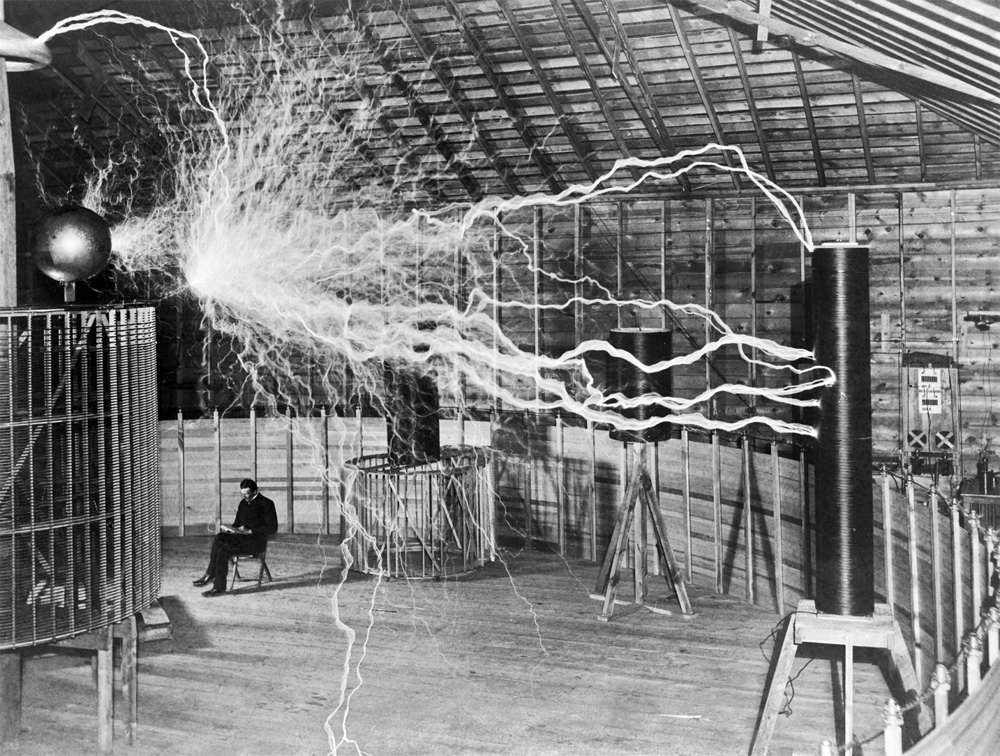
It is actually harder to get approval to improve the grid inside US borders than to build new supergrids that connect countries with rival economies.
Different types of supergrid share several features in common. The wider an area a supergrid serves, the more interconnected sources it can draw upon in case of an outage. Supergrids transmit ultra-high DC voltage in buried lines. DC voltage simplifies connections, allowing easy connections to storage batteries and solar sources, both of which are DC devices. Energy storage is an integral part of a supergrid, and so is intelligent network control to keep power in balance and to provide advanced protection against cyber attacks. And the new supergrids employ modern materials and devices that greatly reduce transmission loss. Supergrids also simplify sharing power across national boundaries.
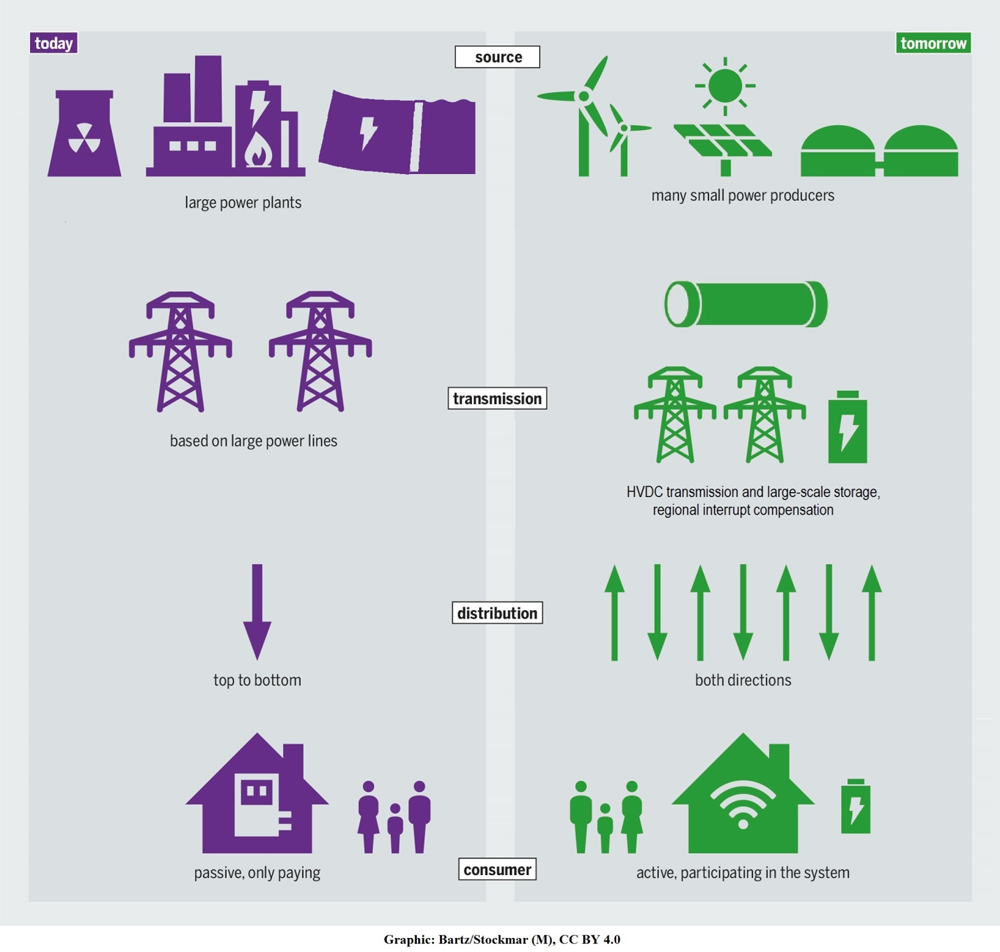
There Is More Light Here
But it is actually harder to get approval to improve the grid inside US borders than to build new supergrids that connect countries with rival economies. In 2007 plans were completed for TransWest, an advanced transmission line connecting wind sources in Wyoming to provide power to Las Vegas. Construction has just now begun after negotiation of nearly 1,000 separate approvals. Even after all this delay, TransWest is regarded as a success story. Other major grid projects have been stalled in every section of the nation, especially in the West and Northeast. New York City has been a choke point for electrical failure for decades while project after project intended to supply new power has been defeated by local opposition along the transmission corridor.
The regulatory maze and the ease of blocking transmission projects have made energy companies reluctant to invest in major grid improvement. And political uncertainly only adds to the problem. The Trump administration blocked the release of information on grid improvements to make it harder for renewable energy to compete with coal. The Biden administration has a goal of making electrical power in the US “net zero” by 2035; renewable energy and the technology of the new grid are ready to meet that goal. But to do so, we need to correct the political problems immediately. The technology is already here.
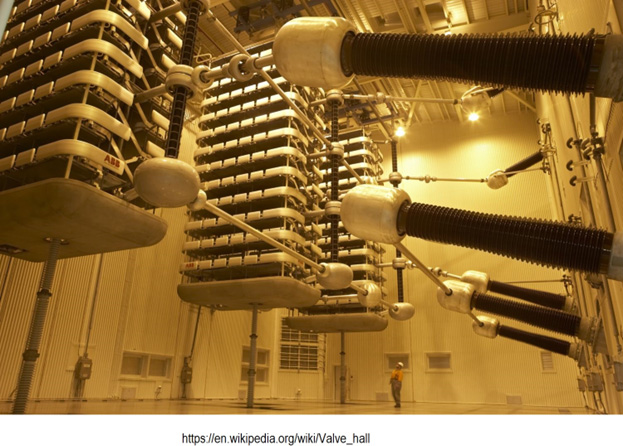
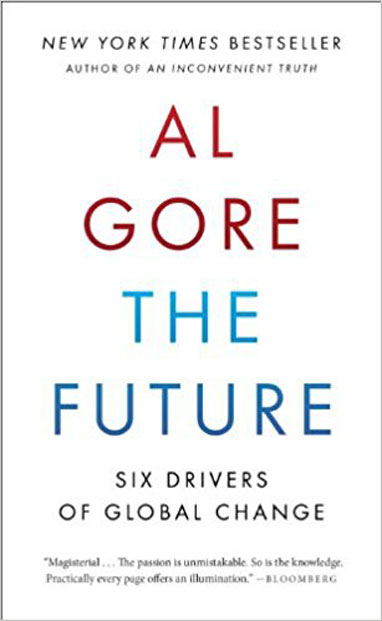
The Future
Six Drivers of Global Change
Al Gore
No period in global history resembles what humanity is about to experience. Explore the key global forces converging to create the complexity of change, our crisis of confidence in facing the options, and how we can take charge of our destiny.
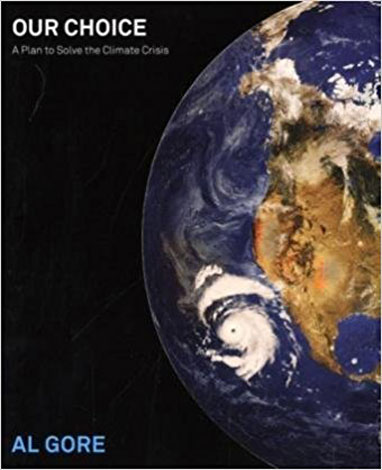
Our Choice
A Plan to Solve the Climate Crisis
Al Gore
We clearly have the tools to solve the climate crisis. The only thing missing is collective will. We must understand the science of climate change and the ways we can better generate and use energy.
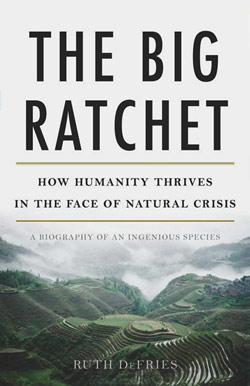
The Big Ratchet
How Humanity Thrives in the Face of Natural Crisis
Ruth DeFries
Human history can be viewed as a repeating spiral of ingenuity—ratchet (technological breakthrough), hatchet (resulting natural disaster), and pivot (inventing new solutions). Whether we can pivot effectively from the last Big Ratchet remains to be seen.

The Sixth Extinction
An Unnatural History
Elizabeth Kolbert
With all of Earth’s five mass extinctions, the climate changed faster than any species could adapt. The current extinction has the same random and rapid properties, but it’s unique in that it’s caused entirely by the actions of a single species—humans.
In the series: Our Climate Crisis
Related articles:
Further Reading »
External Stories and Videos
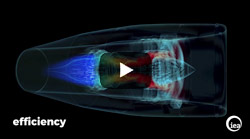
Watch: Digitalization & Energy: A new era in energy?
International Energy Agency
The IEA’s latest report, Digitalization & Energy, is the first-ever comprehensive effort to depict how digital technologies could transform the world’s energy systems.
